
W tej sekcji wyjaśniono, jak ważny jest wybór stali narzędziowej, aby pomóc naszym klientom w wyborze odpowiedniej stali do różnych zastosowań narzędziowych.
Pierwszy, zapoznaj się z artykułem na naszym blogu, który wyjaśnia „Czym jest stal narzędziowa?." Następnie, Zastanów się nad wyborem stali narzędziowej.
Znaczenie wyboru stali narzędziowej
Pierwszym krokiem w wyborze stali narzędziowej jest potwierdzenie jej przeznaczenia. Na przykład, wiertło służy do wiercenia otworów, więc musi być odporne na zużycie i wysokie temperatury. Innym przykładem jest stempel, który służy do tłoczenia lub cięcia; dlatego materiał musi być zarówno odporny na zużycie, jak i wytrzymały (wysoka wytrzymałość oznacza, że nie pęknie łatwo).
Podzielmy stal narzędziową na sześć kategorii według jej zastosowania:
- Cięcie: Do wierteł i frezów potrzebna jest stal odporna na zużycie i wysoką temperaturę.
- Cięcie i dziurkowanie: W przypadku stempli i form, stal do ścinania lub dziurkowania musi spełniać wymagania dotyczące odporności na zużycie i wytrzymałości.
- Formowanie: Formy do tworzyw sztucznych, formy kuźnicze i formy stalowe powinny być łatwe w obróbce i nadawać się do gładkiego polerowania.
- Rozciąganie i wytłaczanie: Takie jak ramy aluminiowe, pręty stalowe ciągnione na zimno, odporne na zużycie i niełatwe do odkształcenia.
- Walcowanie: walcowanie prętów okrągłych, blach płaskich, wymagania dotyczące odporności na zużycie i temperaturę.
- Różne: młotkowanie, piłowanie i skrobanie, z uwzględnieniem specyficznych potrzeb każdego zastosowania.
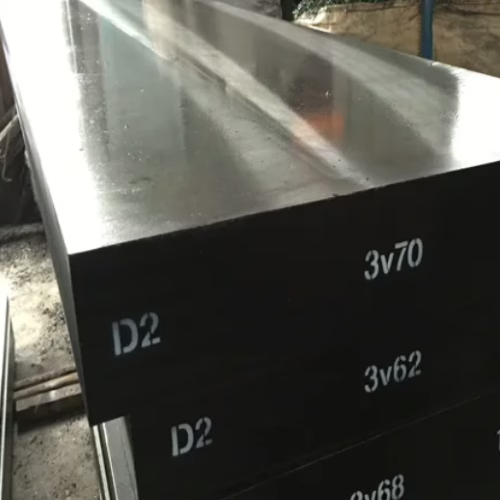
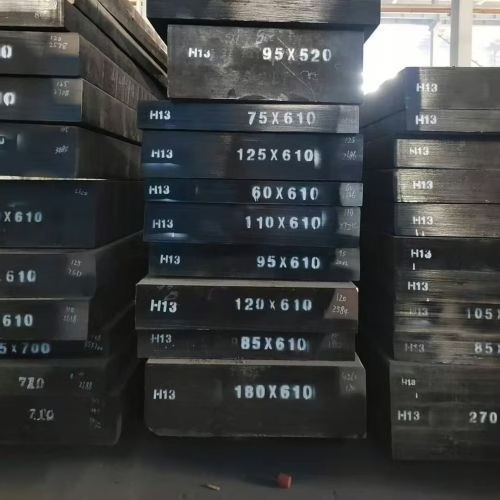
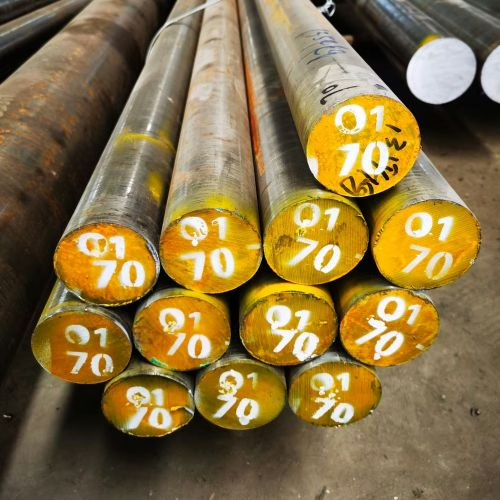
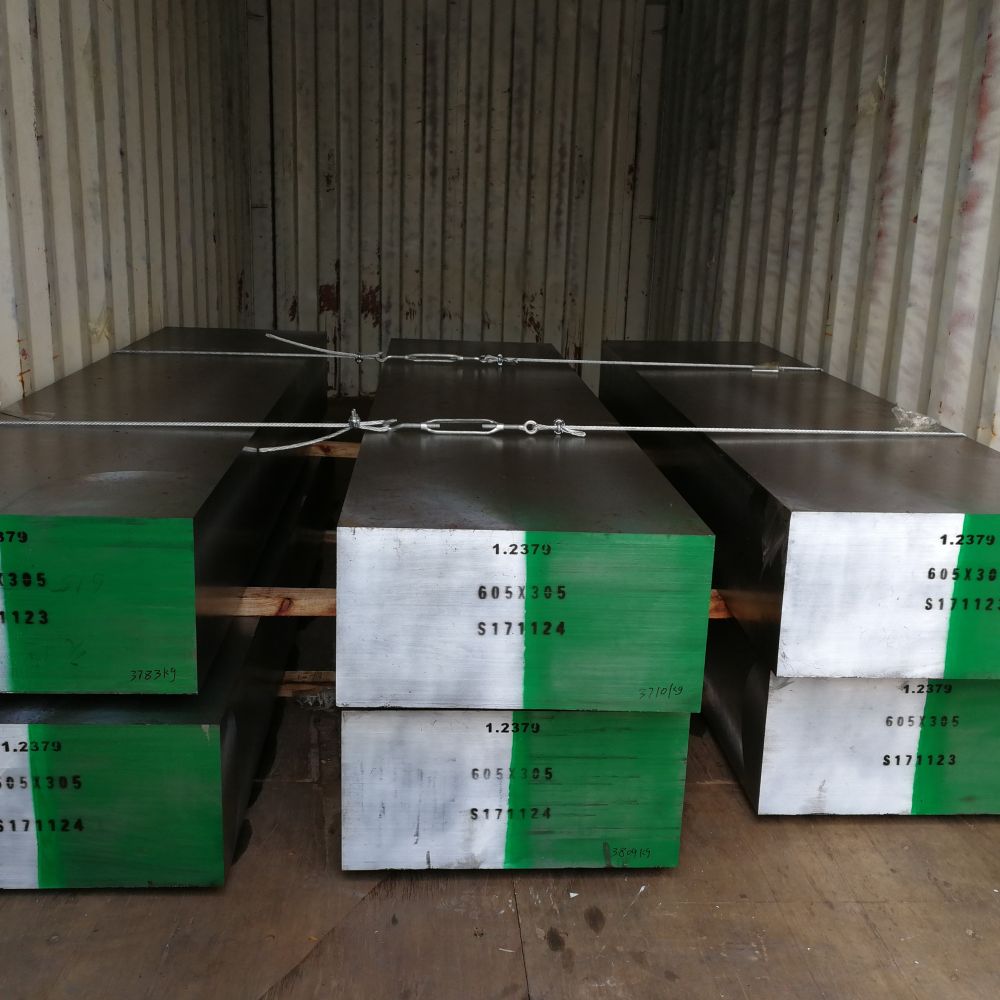
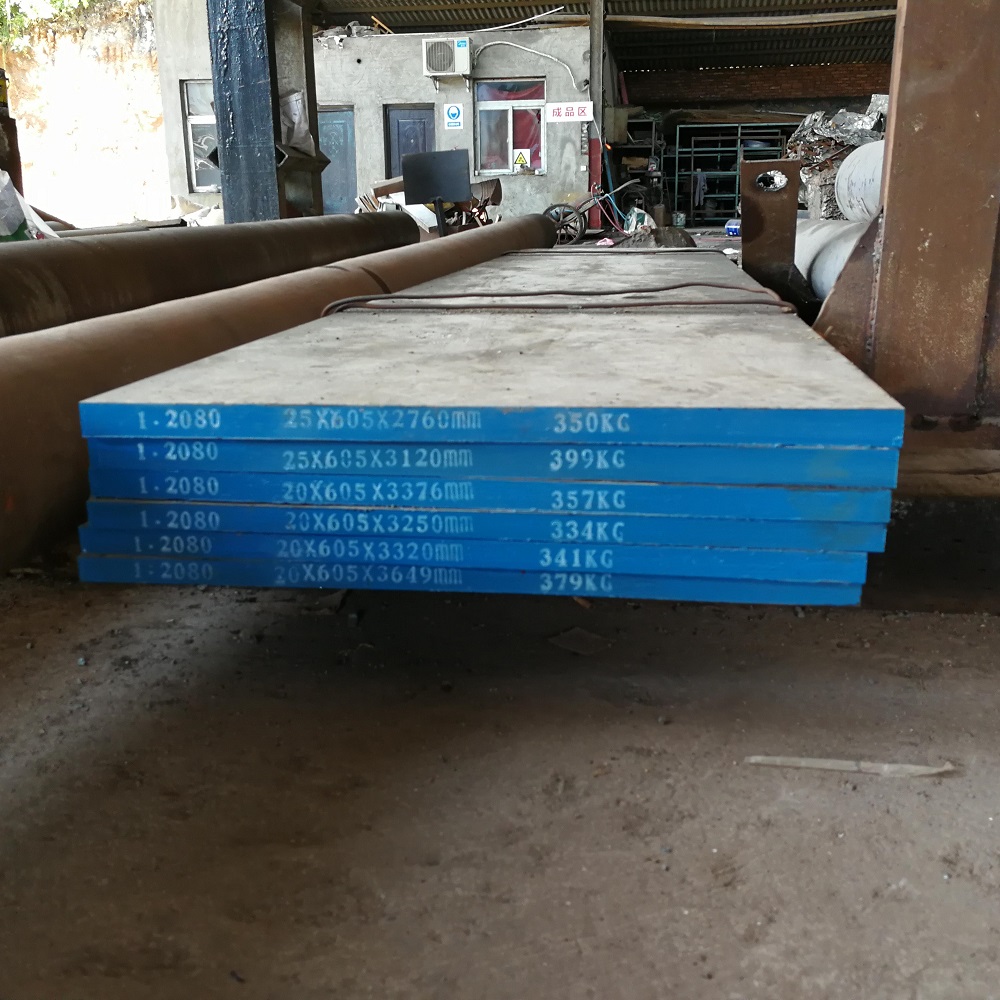
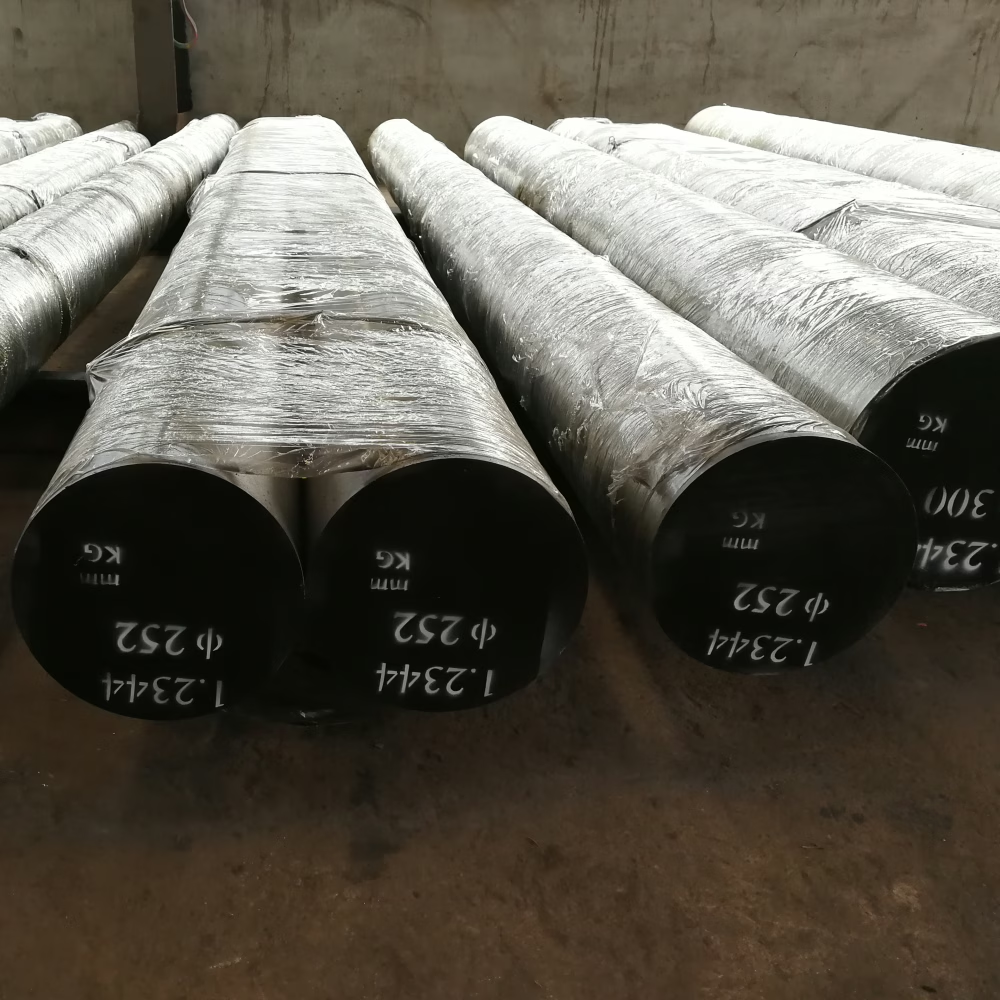
Charakterystyka użytkowa stali narzędziowej
Właściwości stali narzędziowej dzielimy na pierwotne i wtórne:
Właściwości podstawowe
Oto podstawowe cechy tej stali:
- Odporność na zużycie: Zdolność stali do odporności na zużycie. Na przykład narzędzia skrawające muszą pozostać ostre przez długi czas.
- Wytrzymałość: Stal jest odporna na pęknięcia. Na przykład, stempel musi wytrzymać uderzenie.
- Odporność na ciepło: Stal może również zachować wydajność w wysokich temperaturach. Na przykład wiertła szybkoobrotowe są narażone na ciepło tarcia.
Twardość jest również bardzo ważnym parametrem, ale nie jest właściwością naturalną. Wymaga odpowiedniej obróbki cieplnej, aby ją dostosować. Im wyższa twardość, tym mniejsza podatność na odkształcenia, co czyni ją odpowiednią do pracy pod wysokim ciśnieniem.
Nieruchomości drugorzędne
Oto cechy, które mają wpływ na proces wytwarzania narzędzi:
- Skrawalność: Materiał można łatwo obrabiać mechanicznie, nadając mu pożądany kształt narzędzia.
- Szlifowalność: Stopień, w jakim stal można szlifować (polerować).
- Polerowalność: czy materiał można gładko polerować, np. formy plastikowe wymagające gładkiej powierzchni.
- Bezpieczeństwo obróbki cieplnej: Obróbka cieplna stali może zwiększyć jej podatność na pękanie.
- Zniekształcenia w obróbce cieplnej: Kształt materiału po obróbce cieplnej ulega znacznej zmianie.
- Zakres obróbki cieplnej: Zakres temperatur obróbki cieplnej, jakie może wytrzymać stal.
- Dostępność: Materiał ten nie jest powszechnie dostępny na rynku.
- Cena: oczywiście, że nie jest wysoka.
Kompromisy przy wyborze stali narzędziowej
Wybierając stal narzędziową, należy brać pod uwagę jej właściwości: zwiększona odporność na zużycie i wysoką temperaturę zazwyczaj zmniejsza wytrzymałość, natomiast zwiększona wytrzymałość może pogorszyć odporność na zużycie i wysoką temperaturę.
Na przykład, stempel, który musi być odporny na zużycie, może być wykonany ze stali A2, ale nie jest ona wystarczająco wytrzymała i podatna na pękanie. Gdybyśmy zmienili ją na stal S7, która ma lepszą wytrzymałość i jest mniej podatna na odkształcenia podczas obróbki cieplnej, odporność na zużycie byłaby gorsza niż w przypadku stali A2.
Dlatego twierdzimy, że nie ma stali idealnej do wszystkich zastosowań. W zależności od zastosowania, ważne jest najlepsze połączenie właściwości pierwotnych i wtórnych.
Pierwszy krok w doborze stali narzędziowych
Poniższa tabela służy jako wstępny przewodnik po wyborze stali narzędziowej. Mówiąc prościej, pomaga inżynierom i klientom w systematycznym wyborze najodpowiedniejszej stali narzędziowej do konkretnych zastosowań. Najpierw należy określić funkcję narzędzia – czy jest to „cięcie”, „ścinanie”, czy „formowanie”. Następnie należy przeanalizować konkretne warunki pracy, na przykład czy obejmują one „skrawanie lekkie, niskie prędkości” czy „skrawanie ciężkie, wysokie prędkości”. Na koniec tabela wskazuje kluczowe właściwości, jakie powinna posiadać wybrana stal narzędziowa w tych warunkach, wraz z określonymi zakresami klas wytrzymałości. Na przykład „odporność na zużycie” powinna mieścić się w klasach 4-8, a „wytrzymałość” w klasach 1-3. Dzięki temu proces doboru materiału jest bardziej naukowy i precyzyjny, unikając błędnych wyborów opartych wyłącznie na doświadczeniu. Stanowi to nieocenione narzędzie odniesienia, umożliwiające użytkownikom szybkie określenie wymaganych parametrów wytrzymałościowych dla doboru stali.
| Od stali narzędziowej wymaga się następujących głównych cech: | A te drobne cechy mogą być wymagane: | W tych warunkach: | Należy poszukiwać tych głównych właściwości | |||
| Jeśli narzędzie: | Odporność na zużycie | Wytrzymałość | Twardość na gorąco | |||
| Cięcia | Odporność na zużycie i odporność na efekt zmiękczania pod wpływem ciepła | Szlifowalność i wytrzymałość | Lekkie cięcia, niskie prędkości | 4-8 | 1-3 | 1-6 |
| Ciężkie cięcia, szybkie prędkości | 7-9 | 1-3 | 8-9 | |||
| Nożyce | Odporność na zużycie i wytrzymałość | Bezpieczeństwo hartowania i niewielkie odkształcenia podczas hartowania | Cienkie zapasy, krótkie serie | 4-6 | 1-7 | (B) |
| Cienkie partie, długie serie | 6-9 | 1-7 | (B) | |||
| Duże zapasy, krótkie serie | 2-4 | 7-9 | (B) | |||
| Ciężki towar, długie serie | 3-5 | 7-9 | (B) | |||
| Formularze | Odporność na zużycie | Skrawalność i wytrzymałość | Zimne, krótkie biegi | 4-6 | 1-7 | (B) |
| Zimne, długie biegi | 7-9 | 1-4 | (B) | |||
| Gorące, krótkie biegi | 3-6 | 6-9 | 5-7 | |||
| Gorące, długie biegi | 4-6 | 6-9 | 7-9 | |||
| Remisy | Odporność na zużycie | Nieznaczne odkształcenie podczas hartowania | Krótkie biegi | 4-6 | 1-7 | (b) (b) |
| Długie biegi | 7-9 | 1-4 | ||||
| Wyciąga | Odporność na działanie zmiękczające pod wpływem ciepła, wytrzymałość i odporność na zużycie | … | Zimno | 4-9 | 1-7 | (b) 5-7 |
| Gorący | 3-6 | 6-9 | ||||
| Bułki | Odporność na zużycie | … | Krótkie biegi | 4-6 | 1-7 | (B) |
| Długie biegi | 7-9 | 1-4 | (B) | |||
| Pałkarze | Wytrzymałość | Odporność na zużycie | Krótkie biegi | 2-4 | 7-9 | (B) |
Porównywarka stali narzędziowej i matrycowej
Przewodnik po wyborze stali narzędziowej
| Aplikacja | Ogólny | To, co najlepsze |
| Kowadło | S5, S7 | |
| Altany | O1, O6, A2, D2 | |
| Narzędzia do bicia (na zimno) | S5 | S7 |
| Narzędzia kowalskie | S5 | S7 |
| Narzędzia do kotłowni | S5 | S7 |
| Obcinaczki do śrub | A2 | S5 |
| Narzędzia wiertnicze | M2 | |
| Matryce hamulcowe | 4140 HT | A2 |
| Przeciągacze — obróbka metali | M2 | M4 |
| Narzędzia do polerowania | A2, D2 | M2 |
| Dłuta | ||
| Kowal | S5 | S7 |
| Odpryskiwanie | S5 | S7 |
| Obróbka na zimno | S5 | S7 |
| Rytownictwo | S5 | T1 |
| Cięcie plików | D2 | M2 |
| Ręka | S5 | S7 |
| Obróbka na gorąco | S7 | M2 |
| Szczęki Chucka | S5 | S7 |
| Części sprzęgła | S5 | S7 |
| Tuleje zaciskowe | O1 | S5, S7 |
| Łamacze betonu | S5 | |
| Noże | ||
| Narzędzia formularzy | M2 | M4 |
| Przemiał | M2 | |
| Papier | D2 | M2, M4 |
| Rura | S5, S7 | M2 |
| Nitka | M2 | M4 |
| Obróbka drewna | O1 | M2 |
| Narzędzia do cięcia | ||
| Zimno | H13 | M2 |
| Gorący | H13, H21 | M2 |
| Umiera | ||
| Pochylenie się | O1, O6 | A2, D2 |
| Zaślepianie (zimno) | O1, O6 | A2, D2 |
| Zaślepianie (gorące) | H13, S7 | H21 |
| Hamulec | 4140 HT | A2 |
| Wybijanie monet | O1 | A2, D2 |
| Spęczanie na zimno | A2, D2 | M2 |
| Odlewanie ciśnieniowe | H13 | |
| Odlew ciśnieniowy (mosiądz) | H13 | H2 |
| Tłoczenie | A2 | D2 |
| Ekstruzja (na zimno) | D2 | M2 |
| Wytłaczanie (na gorąco) | ||
| Aluminium | H13 | |
| Miedź i mosiądz | H21 | |
| Kucie (na gorąco) | H13, S7 | H21, H43 |
| Formowanie (na zimno) | O1 | A2, D2 |
| Formowanie (na gorąco) | H13, S7 | H21 |
| Chwytak (zimny) | O1, S7 | A2, D2 |
| Chwytak (gorący) | S7, H13 | H21 |
| Laminowanie | A2 | D2, M2 |
| Kucie (na zimno) | S7 | D2 |
| Swaging (na gorąco) | H13, S7 | H21 |
| Rolka nici | D2 | M2 |
| Przycinanie (na zimno) | O1, A2 | D2 |
| Przycinanie (na gorąco) | S7, H13 | H21 |
| Przeciąganie drutu | D2 | M4 |
| Ćwiczenia | ||
| Płaski, łopatkowy | M2 | |
| Twist | M2 | |
| Tuleje wiertnicze | S5 | |
| Rolki napędowe | D2 | D7 |
| Bloki atrapy | ||
| Wytłaczanie na gorąco | H13 | H21 |
| Frezy trzpieniowe | M2 | |
| Wskaźniki | A2 | D2 |
| Płyty grzewcze | ||
| Cięcie | M2 | T1 |
| Gospodarz | S7 | A2, D2 |
| Noże | ||
| Rozdrabniacz | A2, A8 | D2, M2 |
| Papier | D2 | M2 |
| Obrotowy | A8 | D2 |
| Ścinanie (na zimno) | A2, D2 | S7 |
| Ścinanie (gorące) | H13, S7 | H21 |
| Obróbka drewna | A2, D2 | M2, 440 Stal nierdzewna |
| Tokarka | ||
| Centra | A2 | D2 |
| Narzędzia | M2 | M42 |
| Trzpienie | ||
| Obróbka na zimno | O1, A2 | D2 |
| Wytłaczanie na gorąco | H13, S7 | H21 |
| Formy | ||
| Plastikowy | A2, H13, 420, S7 | |
| Narzędzia do strugania | M2 | |
| Wskaźniki wtykowe | A2 | D2 |
| Narzędzia pneumatyczne | S5 | S7 |
| Dziurki | ||
| Centrum | S5 | S7 |
| Wytłaczanie na zimno | A2 | D2, M2 |
| Spęczanie na zimno | S7, A2, D2, M2 | D2, M2 |
| Rysować | A2, D2, M2 | |
| Obróbka na gorąco | S7, H13, M2 | |
| Przeszywający | A2, S7 | |
| Lamówka | S5, S7 | A2, D2 |
| Rozwiertaki | M2 | |
| Bułki | ||
| Tworzenie się | O1, A2 | D2, D7 |
| Szycie | O1, A2 | D2, D7 |
| Bity śrubokrętowe | S5 | |
| Narzędzia kształtujące | M2 | |
| Ostrza nożycowe | ||
| Zimno (lekki wskaźnik) | A2 | D2 |
| Zimno (ciężki) | S5 | S7 |
| Gorący | S7, A8 | |
| Znaczki | ||
| Zimno | S5 | |
| Gorący | S7 | |
| Opukanie | O1 | M2 |
Przykład doboru stali narzędziowej
Podczas tłoczenia blach stalowych o grubości 3/8 cala stalą A2 problem pękania krawędzi może wynikać z jej niskiej wytrzymałości. Chociaż stal A2 charakteryzuje się dobrą odpornością na zużycie, wydaje się słaba pod wpływem uderzeń. Aby rozwiązać ten problem, należy rozważyć wybór stali o większej ciągliwości. L6, A8, S1Stale S5 i S7. Stal S7 może być lepsza ze względu na bezpieczeństwo obróbki cieplnej i niskie odkształcenia. Jednak kompromisem jest niższa odporność na zużycie stali S7 w porównaniu ze stalą A2, co może prowadzić do szybszego zużycia. To trudne pytanie. Dlatego w praktyce nie ma stali, która idealnie nadaje się do wszystkich zastosowań i musi być dobierana w oparciu o zastosowanie.
Inne rozważania
Oprócz wyboru stali narzędziowej, ważne jest, aby rozważyć, czy konstrukcja narzędzia jest odpowiednia. Pozwólcie, że podam przykład, aby sprawdzić, czy kształt stempla jest odpowiedni. Czy proces obróbki cieplnej jest prawidłowy i czy temperatury i czasy wpływają na wydajność? Czy narzędzie jest prawidłowo użytkowane i konserwowane oraz czy jest odpowiednio serwisowane. Oprócz stali narzędziowej, należy rozważyć materiały takie jak stale martenzytyczne starzejące się, węgliki spiekane łączone ze stalą oraz stopy miedzi z berylem. Sama wymiana stali niekoniecznie rozwiąże problem; konieczne jest dokładne sprawdzenie i analiza.
Podsumowując
Wybór stali narzędziowej ma na celu osiągnięcie najniższego kosztu jednostkowego produktu lub najmniejszej liczby problemów produkcyjnych dzięki zastosowaniu najodpowiedniejszej stali narzędziowej. Stal narzędziowa nie jest jednak panaceum i nie można oczekiwać, że nigdy się nie zepsuje. Wybierając stal, należy wziąć pod uwagę kombinację zastosowania, wydajności i kosztów, a pełna komunikacja z dostawcą stali, producentem narzędzi i specjalistą od obróbki cieplnej jest niezwykle ważna. Zapraszamy do kontaktu. Nasza firma oferuje najpopularniejsze stale narzędziowe na rynku. Aby uzyskać więcej informacji, kliknij tutaj. stale narzędziowe.
